Are you new to Permaculture and finding the 12 design principles challenging to understand? Let’s fix that!
In 2018, despite having only a basic understanding of Permaculture principles, I proceeded to design and pitch the idea of a sustainable Micro Farm system.
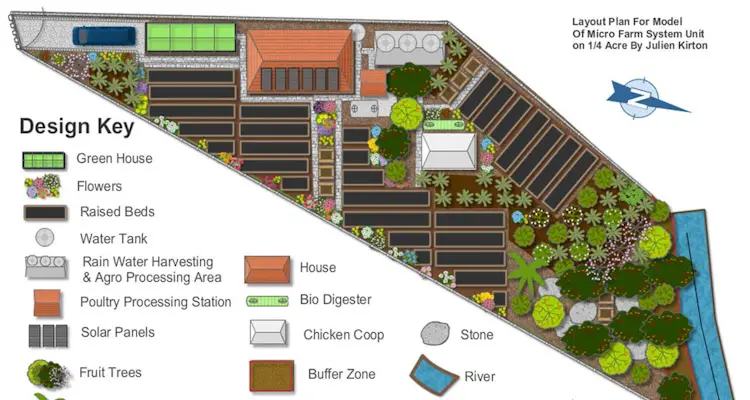
Fast forward to today, the system exceeded my initial expectations, evolving into a functional Integrated Farm with Food Forest and Nursery. It supplies the local market with various products and is gradually growing into an interactive training platform.
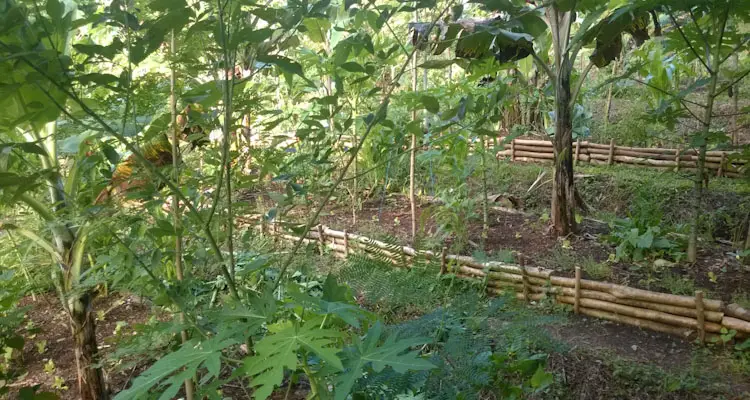
Over the years, I have learned much about natural farming and how to design a system that makes the entire process more rewarding.
In this article, we will explore 12 Permaculture Principles and the practical ways I implemented them to later improve my original design.
See Also: How To Start A Micro Farm In 12 Steps (Practical Guide)
Before We Get Started…
I must point out that Permaculture has several principles which evolved from the original list created by Bill Morrison and David Holmgren.
However, in 2002 Mr. Holmgren published a simplified, more action-oriented version of the Permaculture Principles, encompassing the original list printed in the Permaculture Manual.
Many now consider these 12 updated Permaculture Principles as an essential guide and refer to them whenever designing systems, regardless of the scale or nature. Now that we’re on the same page let’s dive in!
I. Observe And Interact
Observation allows us to learn from the knowledge and experiences of people, creatures, and objects. It gives us an idea of the resources we have to work with and the potential outcome of a possible course of action.
In Permaculture, we need to use our senses as well as pre-existing knowledge and technology, which have already gathered the information we seek. This can help avoid costly miscalculations, saving us time, energy and money.
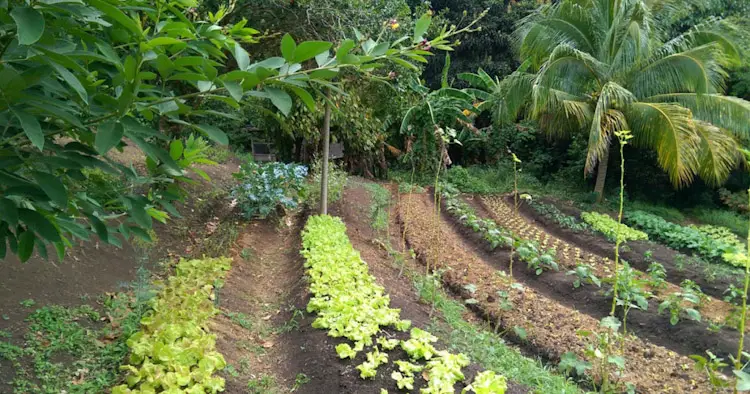
For example, when planning the garden beds, we oriented them based on the sun’s position in the latter part of the year. To my surprise, the entire garden was in shadow the following year, as the sun rose at an unexpected angle.
While we were able to find a solution, it reminded me that it is worth taking a bit more time to confirm the data you collect before taking action.
See Also: 9 Proven Tips To Prepare Land For Terrace Farming
2. Catch And Store Energy
Permaculture seeks to make the best use of various energies, storing them for later use when possible and implementing suitable techniques for the desired outcome.
This principle can be applied to everything from water conservation, solar energy, seed saving, and even the purchase of land, which is a store of wealth that increases in value.
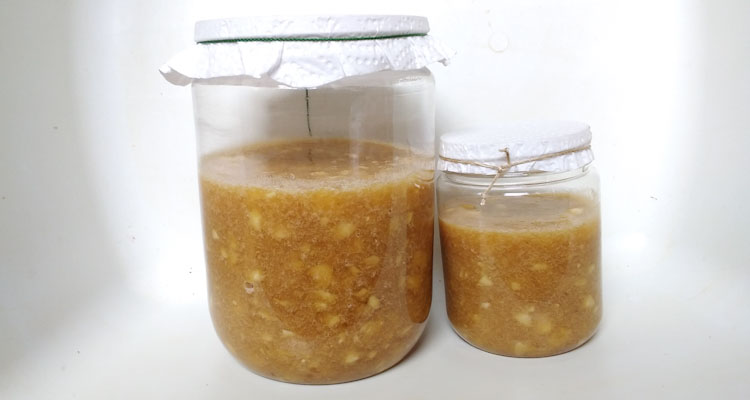
For example, we can preserve seasonal fruits for later use since they are typically produced in abundance. In essence, we capture and store the sun’s energy, converting it into a form we can readily consume.
We need to assess the resource we have from an energy viewpoint and figure out what we can do to save them for a later date. As the old saying goes, “Waste not, want not.”
See Also: How To Make Fermented Fruit Juice Organic Fertilizer (FFJ)
3. Obtain A Yield
While it is perfectly ok to desire aesthetically pleasing surroundings and lifestyles, we are encouraged to engage in activities that reward us with yield; food, medicine, fiber, or fuel.
With the advent of balcony gardens, rooftop farms, and urban farming in general, we are now in ever-growing communities of people taking food security into their own hands.
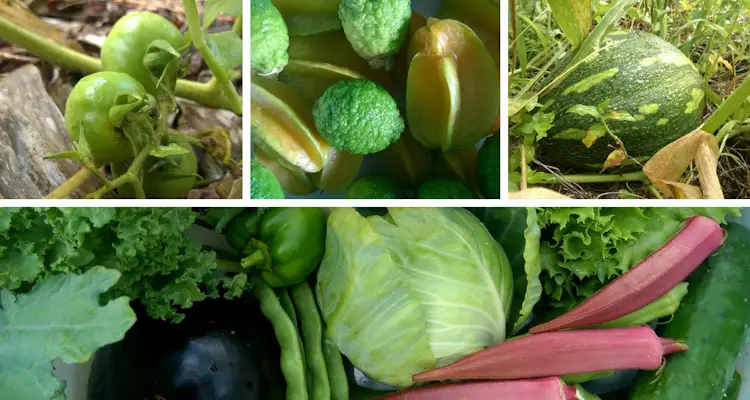
For example, we may create an edible landscape with medicinal herbs and well-pruned trees instead of a lawn. In such a case, you can obtain several yields while still having something aesthetically pleasing.
The importance of self-reliance was brought to the forefront in recent years, as more people than ever realized that adequate food security depends on the efforts of each individual.
See Also: What Is A Food Forest? Brief Introduction To Forest Gardens
4. Apply Self-Regulation And Accept Feedback
This principle proposes that we should be realistic, await feedback, then act accordingly. We should not take criticism personally but know that feedback is key to more effective actions.
Rather than jump to conclusions when things don’t quite work out in our favor, it is more beneficial to return to the 1st principle and observe. Sometimes, we may have overlooked something critical, and the feedback we receive is only a reminder to correct this oversight.
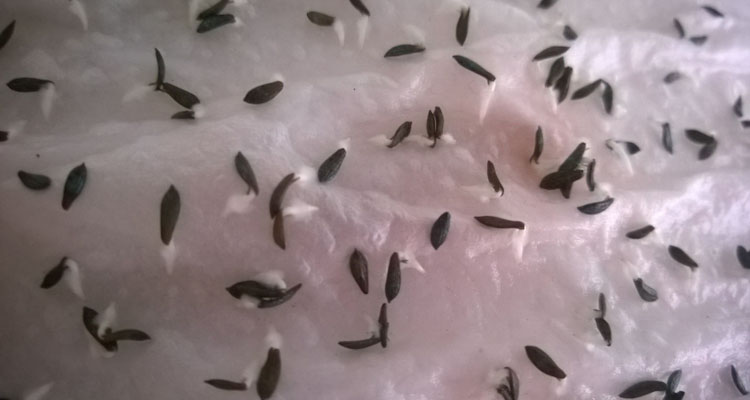
For example, a few years ago, the germination rate of our lettuce seeds plummeted to less than 10%. At first, we were tempted to discard the pack of seeds but decided to do some additional research. Especially since they were performing well up until this batch.
We observed that our average daily temperature was 91°F, inhibiting lettuce germination. We modified our sowing procedure, pre-sprouting the seeds inside the house, resulting in an over 80% germination rate.
See also: How To Grow Tasty Lettuce (Even If It's Hot Outside)
5. Use And Value Renewables
Permaculture suggests that we should embrace renewable resources, such as the sunlight, waves, and wind for energy and responsibly use our forest, replanting trees and regenerating soil when possible.
We should aim to make as little impact on ecosystems as possible while still being able to get what is necessary to thrive. We must learn how to live with nature, appreciate its gifts, and take responsibility for our actions.
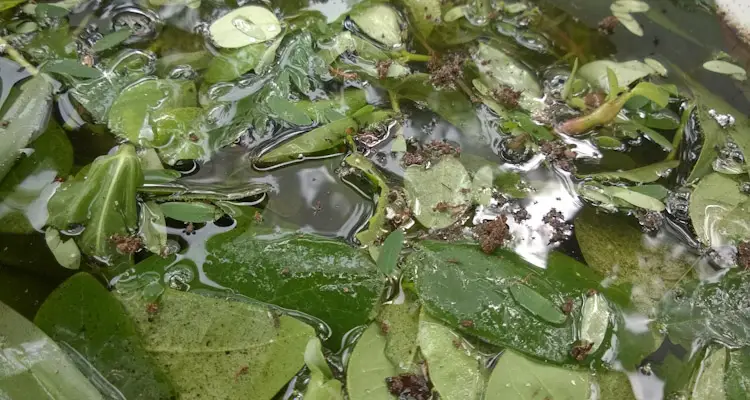
For example, reusing a fibers-based shopping bag instead of multiple single-use plastic bags may not seem like a big deal amidst all the other packing. However, these simple actions make a massive difference in the landfills over time.
To achieve this ideal, we must avoid dwelling on what we cannot control and do the best we can with the resources we have at our disposal. The little actions do make a difference.
See Also: How To Make JADAM Liquid Fertilizer (Quick And Easy)
6. Produce No Waste
Permaculture encourages us to see everything as a cycle, where our leftovers can be used by other people or organisms and turned into something useful.
This principle admonishes us to keep consumption to a minimum and reuse, repurpose, recycle, or upcycle whenever possible before returning materials to more natural states such as compost.
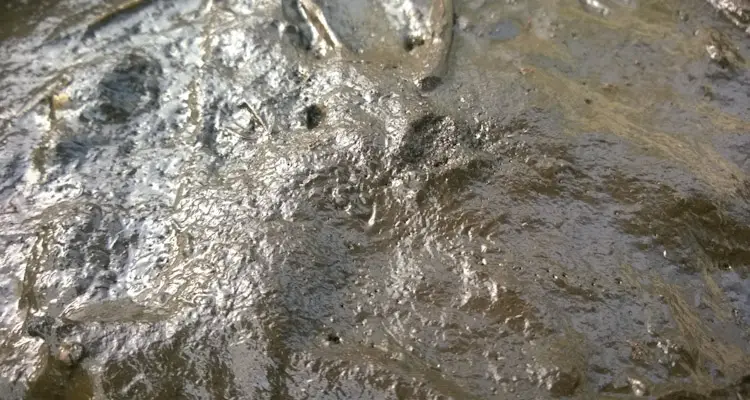
For example, bio-digesters convert organic material into methane, which can be used to fuel, vehicles, generators, and even our homes. However, this biogas can be considered waste if not captured and stored but instead left to escape into the atmosphere or ignite in landfills.
I’m not suggesting that we should all become extremely minimalistic. However, I hope we can prioritize quality over quantity, being mindful of purchasing what we need to achieve our goals.
See Also: Can Human Waste Be Used As Fertilizer? Useful To Know
7. Design From Pattern To Details
Permaculture encourages us to get a general view of any endeavor before narrowing it to specific details. It suggests that we look for overall patterns in design function, the flow of energy, and the other factors which may contribute to the entirety of the system.
This principle relies on observation, which allows you to make informed decisions. As the project progresses, adjustments will have to be made as expected. Deviating from the specifics of a plan is not an issue so long as you focus on the ultimate function of the system you are trying to create.
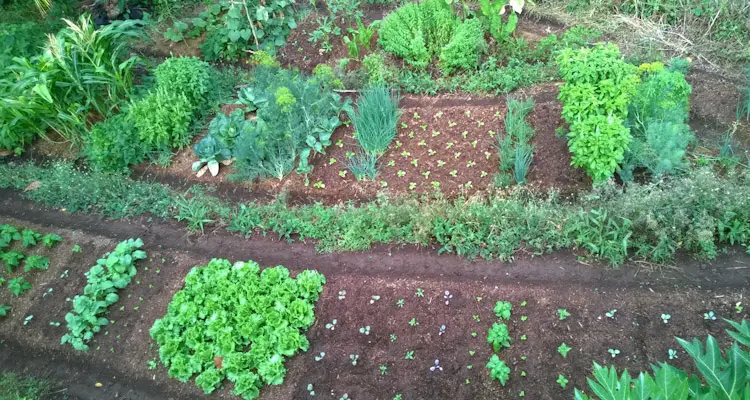
For example, in designing a landscape, we may look at the slope, water flow, habitats, light, shadow, and wind directions. These factors will influence the positioning of homes, access ways, gardens, swales, food forests, and other features required to create a sustainable system.
Paying attention to detail is excellent for passing exams and critical in certain professions. However, it can be a bit of a hindrance in the brainstorming stage of designing a system, where there are many unknowns.
See Also: How To Create A Syntropic Garden (A Beginner's Guide)
8. Integrate Rather Than Segregate
The principle of integration suggests that each individual or item should serve multiple purposes and be positioned to allow them to carry out these tasks with as little friction as possible.
This principle encourages us to have multiple foods, energy, and water sources. If one should fail, we can always have a backup. The same goes for our choice of resources.
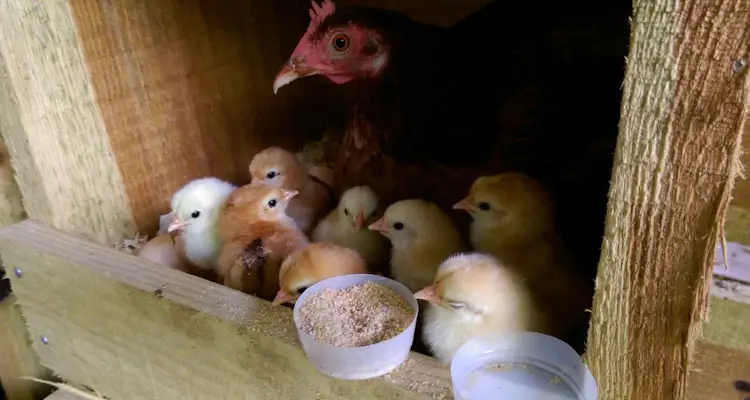
For example, choosing dual-purpose poultry for your farm is more sustainable since it can produce an ongoing supply of eggs, meat, chicks, and compost. These functions also link the chickens to the garden, which can, in turn, provide them with food.
Due to such relationships, it makes sense to position the chicken coop near the garden to limit the distance needed to travel to carry material to and from the garden.
9. Use Small And Slow Solutions
I was surprised at how closely this Permaculture principle related to the concept of Minimum Viable Product in business creation.
In essence, we should start with the most minimal practical version of the system and then gradually scale up to fit the needs of the community it intends to serve. By doing this, we lower the risk of wasting a valuable resource that could have been invested in other activities.
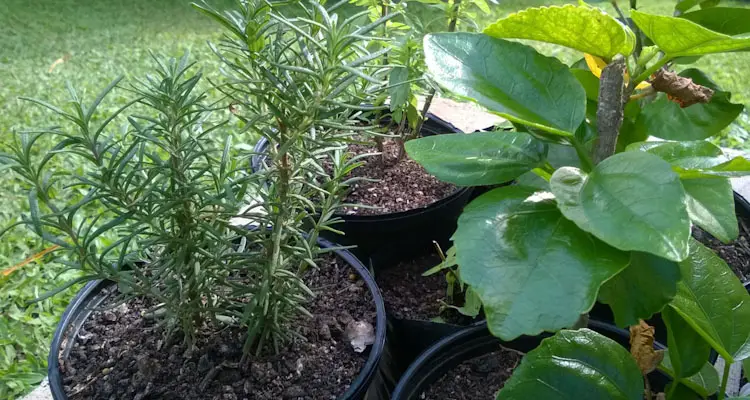
For example, if we intend to create a community garden. We can hire a tractor to till an entire 2 acres of land and then try to encourage people to come together and farm. Or, we can start by creating a small functional garden of about 100 sq ft. Then offer to train those interested in visuals to create a plot of their own.
Of course, more people will be willing to partake in the latter since it seems much more manageable. However, before long, the two acres would be fully cultivated.
The same goes for most activities. By breaking up the task into “bite-size” pieces, we are less likely to be overwhelmed. As we complete each task, we are motivated to do another, and our momentum gives rise to excellent results.
10. Use And Value Diversity
Suppose one evening you stroll through a park or forest trail. I’m sure you will quickly understand the saying “Variety is the spice of life,” or better yet, it is the essence of our existence.
Permaculture proposes that each system we develop should allow and even encourage diversity. It is through diversity that we adapt and create more vital traits, both in plants and animals.
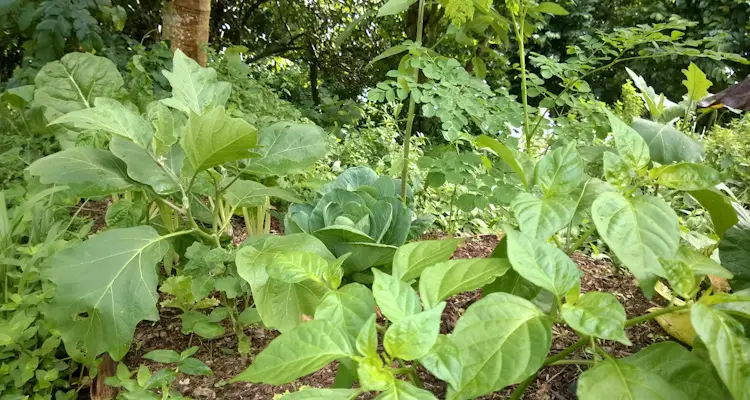
Most Permaculture systems designate specific areas for wildlife preservation and seek to mimic this biodiversity in their gardens and food forest.
In urban settings, this diversity is achieved by planting various herbs alongside vegetables, flowers, and small water features.
While we might not be able to mimic the scale, we can still try our best to protect or create diverse ecosystems, which ultimately work in our favor.
See Also: Syntropic Farming Basics: Plant Spacing And Consortium Design
11. Use Edges And Value Marginal
We are encouraged to make the best use of areas where two or more ecosystems interact. These edges are usually the most productive and resilient systems, where various species have no choice but to work together to survive.
Some designers deliberately interrupt monotonous landscapes to add ponds, hedges, swales, and other features to capture and disperse this edge effect throughout the system.
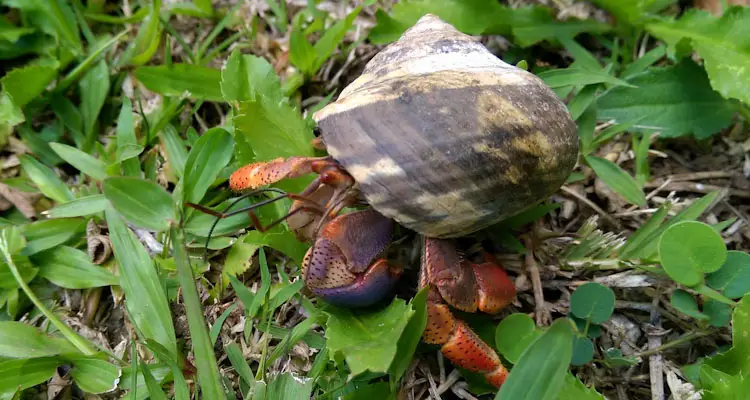
For instance, our Syntropic System is located near a river that encourages many wildlife, native trees, and various volunteer fruits planted as wild animals migrate to and from the water source.
While you may not have such a system in your backyard, it should make you wonder what happens when these are destroyed. For example, many mangrove forests are removed from coastlines in the name of progress. What happens to the animals and functions that they once served?
12. Creatively Use And Respond To Change
Permaculture not only admonishes us to be realistic but also to be innovative. Regardless of our goals, we need to prepare for change. If we have an idea for something that can make a difference in the future, we should pursue it.
However, we should not get so distracted by our goals and ideals that we completely ignore the resources we have at hand. In other words, we should do all we can do right now while planning and taking steps towards a better future.
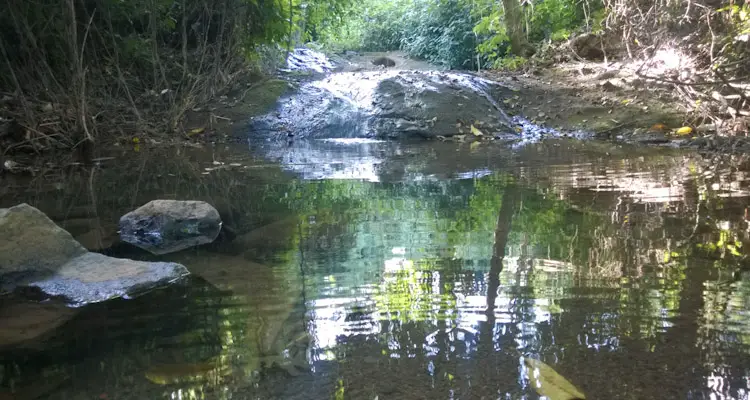
For example, suppose you notice that rivers in your area are drying up and water reserves are running low. In that case, you can decide to first figure out a way to capture and store water for personal use.
After solving that challenge, you can try to figure out the cause of the depleting water sources and how to remedy it, whether by rejuvenating groundwater stores or planting more trees to attract rain and limit evaporation. In both instances, you will only have complete control over your actions.
See Also: 10 Differences Between Syntropic Farming And Permaculture
Final Thoughts
Even though I initially used Permaculture to create my farming system, I now appreciate the effectiveness of its principles in the development of my business and society as a whole.
The 12 Permaculture Principles proposed by Mr. David Holmgren is truly an actionable design framework. They look at the grand scheme of things and guide decision-making based on accurate knowledge and feedback.
While it can take a while to truly understand how to apply it to a particular situation. I believe it is well worth the effort, especially as it can make the best use of our most valuable asset, our time.
Related Questions
Why Is Permaculture Sustainable?
Permaculture takes a holistic approach to build farming and societal systems, considering the various needs of all stakeholders. It caters to the long-term needs of humans, viewing the protection of the environment as an integral part of our survival and plans for our advancement as an integrated, mutually beneficial ecosystem.
References
Permaculture Association. David Holmgren’s Permaculture Principles. permaculture.org.uk. Accessed June 2022
Brighton Permaculture Trust. Permaculture Principles. brightonpermaculture.org.uk. Accessed June 2022
Edible Evanston. Permaculture Principles. edibleevanston.org. Accessed June 2022
